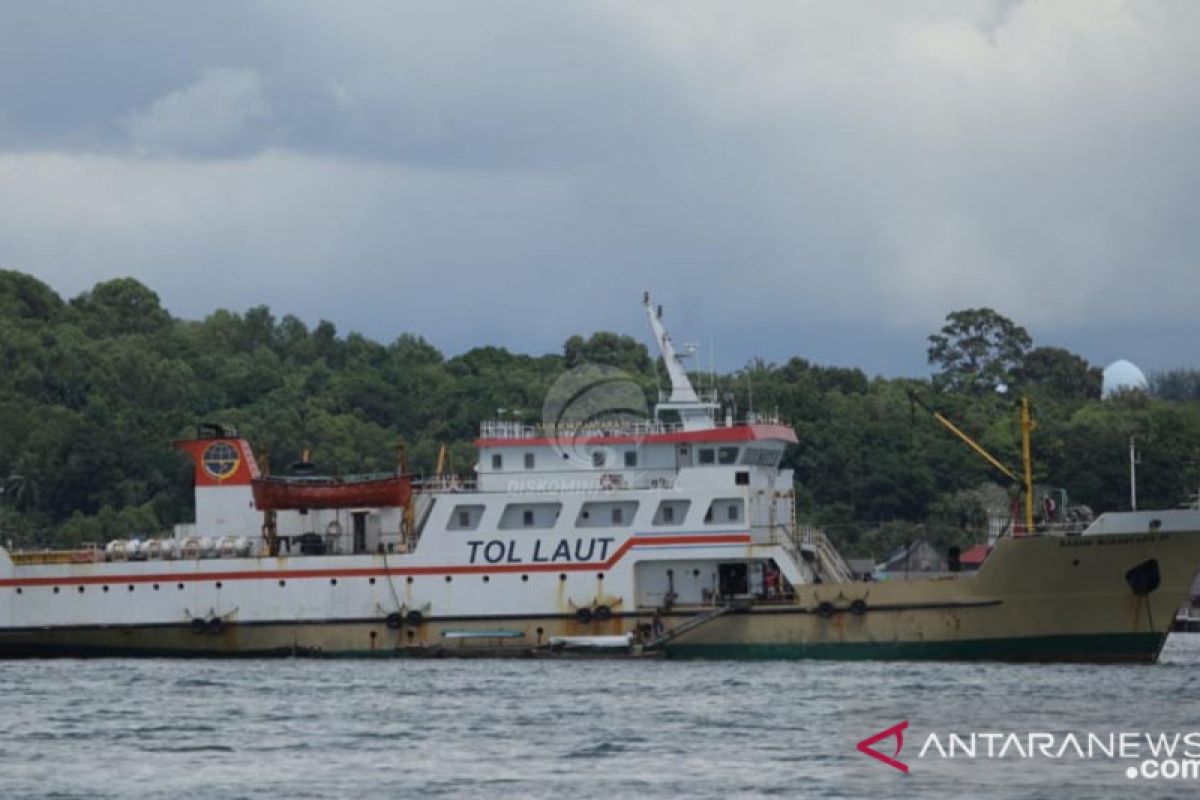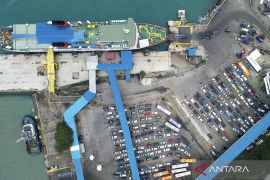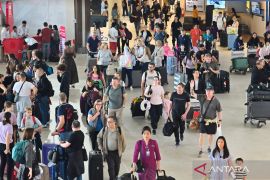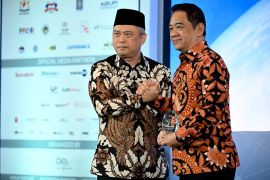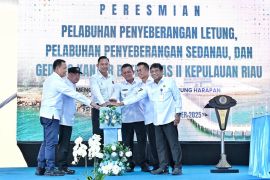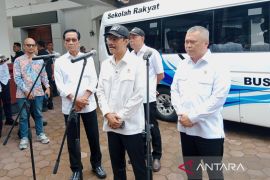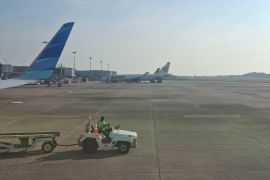Geographically, waterways have become one of the obstacles for communities to carry out transportation, in addition to difficulties caused in distributing goods and commodities, resulting in their becoming more expensive in remote areas.
To ensure the success of the sea toll program and improve connectivity, the availability of ships is important, both for carrying passengers and goods.
Minister of Transportation Budi Karya Sumadi recently said that the government continues to provide vessels to be used in several areas, both on rivers and seas.
On April 15, 2019 at the Port of Tanjung Perak, Surabaya, the ministry's Directorate General of Sea Transportation, delivered grants for 2018 public shipping vessels (pelra) to the regional government.
The governments that are to receive shipping vessels include the Lampung Regional Government, Bengkulu City Government, Kampar District (Riau), Pesisir Barat District (Lampung), North Kayong District (West Kalimantan), Pariaman City (West Sumatra), Mamuju District (West Sulawesi), and Kota Bima (West Nusa Tenggara).
The Ministry delivered 12 Pelra ships, measuring 35 gross tons (GT), symbolically to the local government, while in the past year also handed over 24 Pelra ships to regional governments. The grants for the ships are not only meant to increase connectivity, but also to restore and improve the Phinisi Ship, known for its toughness when traveling across the ocean.
However, Sumadi said, in its development the government strives to develop vessels, both to be more efficient and to offer greater protection from the seas.
The government also hopes that the ships will have a socio-economic impact on the communities which, in turn, will improve the welfare of the people in the 3 T (frontier, outermost, and least developed) regions of Indonesia.
The minister hopes that the local governments that receive ships can use them well, so that it can increase inter-regional connectivity for the benefit of passengers and goods.
The Director General of Sea Transportation R. Agus Purnomo said Indonesia, as the world’s largest archipelagic country, still needs to transport people by ship. Therefore, development of connectivity is one of the priority programs of the Ministry of Transportation, where the government continues to reform and build Pelra ships in order to realize Nawacita and build areas in the periphery with connectivity, which is expected to generate accessibility to remote areas.
In Fiscal Year 2018, the ministry has completed construction of 94 Pelra vessels, with a total budget of Rp216 billion, all of which will be donated to regional governments which require greater connectivity.
Pelra ship grants to regional governments are a result of the government's concern to improve shipping and economic businesses, both for traditional shipyards and local communities, while increasing the participation of regional governments in sea transportation services for local communities in the region, both for passenger transportation, goods and tourism.
The Ministry of Transportation expects that by increasing this fleet, it will also boost the regional economies.
However, shipping safety must remain a priority.
Pelra ships, built by the Ministry of Transportation, have been equipped with safety equipment that is modern and complete, such as safety jackets, fire prevention equipment, navigation equipment, radio communications and pollution prevention, while still offering comforts to passengers.
Added value
The Ministry hopes that these Pelra ships can provide great benefits for the smooth flow of goods and passengers in their regions. In addition to the Pelra ships, the ministry, through the Directorate General of Sea Transportation, also provides vocational programs for shipping seafarers. The free training was provided so that those working in shipping develop increased competence and a better understanding of shipping safety.
The government will continue rolling out the Pelra ship development program because there are still many areas in need, as well as many ports that cannot service large vessels.
For this reason, the Ministry of Transportation will continue to budget for the construction of the Pelra ship in the coming year, which will later be given back to regional governments. Thus, more ships will be able to serve the community, especially those in the 3T region.
The government hopes that the delivery of shipping vessels can accelerate the realization of reliable, competitive and value-added transportation connectivity and improve services to the interior and those waters that have a limited depth, including rivers and lakes.
Editor: Sri Haryati
Copyright © ANTARA 2019
